“Outdoor play is essential for the lives of children,” says Heather Olsen, Ed.D., executive director of the National Program for Playground Safety. And while setting up a backyard playground can help motivate kids to get outside, she says, it’s important to ensure that the environment is safe.
According to the Consumer Product Safety Commission (CPSC), emergency departments in the U.S. annually treat more than 200,000 children ages 14 and younger for playground-related injuries, and about 45 percent of those injuries are severe. But these key tips could help protect your kids from hazards while creating the backyard playground of their dreams.
Prepare For Play
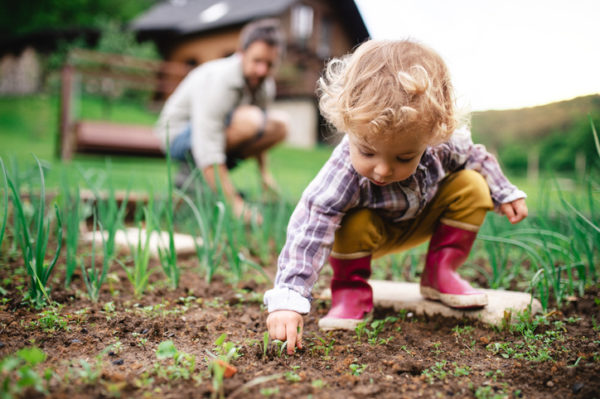 Do a Walkthrough
Do a Walkthrough
Look for obstructions, obstacles or hazards, says Nelson Morales, owner of Playground Services Inc., a Florida-based playground equipment vendor that also provides design, assembly and maintenance services. Remove overhanging tree branches, things sticking out of the ground and anything else that seems like a potential hazard.
Create a Tick Barrier
If your area is prone to deer ticks, lay a barrier of wood chips or gravel at least 3 feet wide between the edge of your yard and any wooded terrain, recommends the Centers for Disease Control and Prevention. It can help restrict tick migration onto the lawn; it’s also a visual reminder that crossing into the woods may result in a higher risk of getting ticks.
Check Your Deck
Remove potential hazards like split or decaying wood or protruding nails. You may need to replace wood installed before 2004; it may have been impregnated with an arsenic-laden pesticide, according to the CPSC.
Guard the Pool
If you have a pool, ensure that it’s properly fenced in and that you have a security gate and alarm system—many places require it by law, says Morales. He recommends keeping the play area as far away from the pool as possible.
Pick The Right Spot
Be Judicious
If you’re setting up a playground or other structure, the best spot is a shaded location with a clear line of sight from the house. Also, try to find a place that’s level.
Leave Space
The CPSC recommends leaving at least 6 feet between equipment and structures, including your house, fences, sheds, trees or poles. If you’re installing swings, leave a distance equal to twice the height of the top bar.
Consider the Boundaries
Is there a street or a stream nearby? Consider fencing in your yard to ensure safety, says Morales.
Set Up Your Play Area
 Pick the Right Equipment
Pick the Right Equipment
If you buy equipment, says Olsen, ensure that it’s right for your child’s age and developmental stage. Fortunately, that’s easy; the appropriate age will be labeled on the equipment packaging. Also, you don’t need to spring for a state-of-the-art system to be safe, she says. Most equipment must meet the same CPSC standards for durability and safety. Buying used equipment isn’t something Morales recommends, but if you do, he says, be sure you know how old the equipment is, if it’s been maintained and if it needs repair.
Find a Contractor
Many playground equipment suppliers also offer installation, which means your contractor will be familiar with the equipment (or they may be able to suggest a local contractor). Another option: Pick a contractor that specializes in installing playgrounds.
Lay the Groundwork
Once you have equipment, work with your contractor to find the right surface for your region and yard, says Olsen, like sand, wood mulch or rubber padding. Asphalt, dirt, concrete, grass or tile won’t properly cushion children when they fall.
Get Creative
You don’t have to buy big, expensive equipment to create a fun play space, says Olsen. Save money by bringing out simple play items like balls, toys, dump trucks and action figures—and when playtime is over, put them in storage bins so no one trips over them. Put out a chalkboard or whiteboard to encourage drawing, or create a reading nook by filling a kiddie pool with blankets instead of water.
Keep Play Safe
Maintain It
Olsen recommends regularly checking equipment to make sure nothing is broken or cracked, and that there are no loose hanging ropes (a potential strangulation hazard) or protruding bolts. Many contractors include maintenance visits. Otherwise, follow the safety directions in your equipment’s manual.
Pre-Check
Hot days can heat up equipment to dangerous levels. While plastic slides won’t get as hot as the metal of yesteryear, they can still burn sensitive skin. Before letting kids loose, see if elements exposed to the sun have become hot to the touch.
Keep Watch
An adult should always be in the yard to keep an eye on kids, says Olsen. While hovering isn’t necessary, it’s important to be present and pay attention while kids are playing, and to be alert to potential safety hazards.
Help protect your new playground—and the rest of your property—with homeowners insurance through the GEICO Insurance Agency. Get a free, fast quote today.
Read More: How To Create A Playroom On A Budget
By Nicole Price Fasig

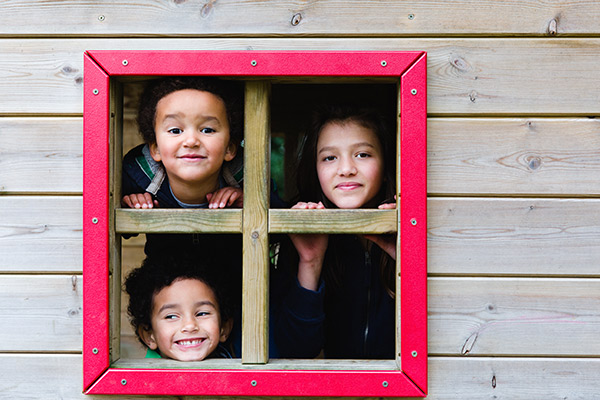


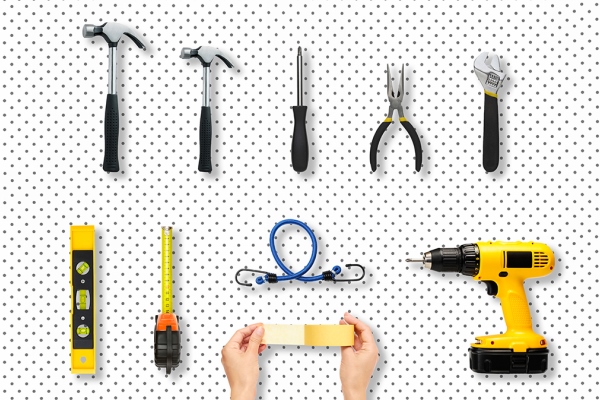
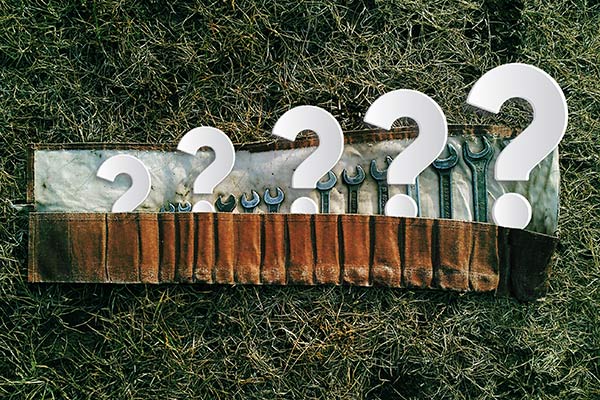

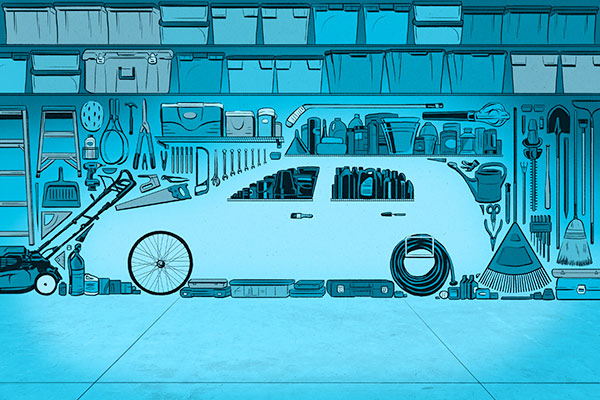

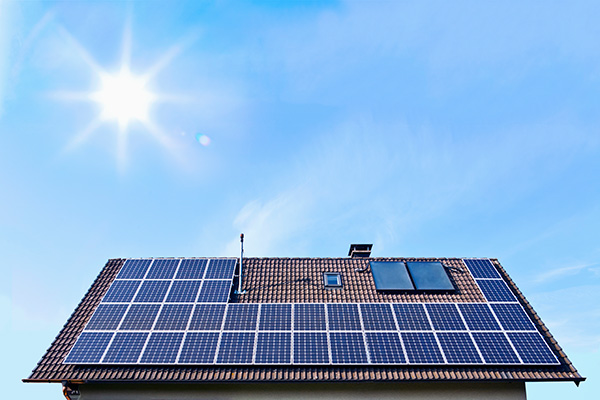
Véronique Cartier says,
Great tips! I think planting trees not only helps with cooling your home, like you stated, but who doesn’t love trees in their yard? Thanks for sharing!
Veronique